Back when I was in college and hanging out with other history major, one of the conversations I recall having was one of, "If you could have live in any place and time in history, what would be your top 5?" Well, the sensible answer to that would be five places in the present day since by all measures life and health have improved so much since even a generation or two earlier. Barring such practical considerations, though, one place and era I would have chosen to live in was the Holland during the so-called “Dutch Golden Age” of the 1600s, an era of artistic and scientific flowering. I've always especially liked Dutch art of the era.
Along with the Rijksmuseum in Amsterdam, the second best known collection of Dutch art of the golden age is the the Mauritshuis in The Hague, next door to the Binnenhof in the center of town
. The hoard of paitings was accumulated by Prince William V of Orange and constitutes the royal collection. Although the museum is quite small with only 16 rooms of paintings on two floors, it’s particularly renowned for its significant collection of paintings by Rembrandt and three paintings by Johannes Vermeer of Delft, one of the largest collections of his very limited number of works. One of those is “The Girl with the Pearl Earring”, maybe Vermeer’s most famous work, as well as his “View of Delft”, which may be the best known single landscape painting of the era. These famous works make the Maurithuis a quite crowded place, especially with tour groups that rush through in a few minutes to get a glimpse of the Vermeers the way the rush through the Louvre to get to the Mona Lisa to check it off a list. While Rembrandt and Vermeer seem to be the most popular, my personal favorite painter of the era is Jan Steen, known for paintings which show psychological insight and a sense of humor
The Mauritshuis Museum stays open late until 8:00 P
.M. one night a week, so I planned to visit The Hague on Thursday to make the most of my time. One limitation I find I often face when traveling is limited opening times of major attractions. That gave me time to also check out its temporary exhibition called “Slow Food” on the theme of still life paintings of food and meals during the Dutch Golden Age. No pictures allowed in special exhibitions since the museum doesn’t have title to most of the paintings, but all those sumptuous paintings of food made me realize by stomach was grumbling; it was nearly 8:00 P.M. and I hadn’t eaten anything since before noon.
A few blocks away on the other side of the Hofvijver, the lake outside the Binnenhof castle complex, lies a related museum. The Museum Bredius displays the collection of paintings donated to the city by Abraham Bredius, a former director of the Mauritshuis. It’s sort of a small scale and less crowded version of the Mauritshuis in an elegant three story townhouse mansion with many paintings by the major and lesser-known artists of the Dutch golden age.
Mauritshuis - Art of the Dutch Golden Age
Thursday, April 13, 2017
 The Hague, Zuid-Holland, Netherlands
The Hague, Zuid-Holland, Netherlands
Other Entries
-
1Delft - Classic Dutch Town of Vermeer and Porcelai
Apr 121 day prior Delft, Netherlandsphoto_camera157videocam 0comment 0
Delft, Netherlandsphoto_camera157videocam 0comment 0 -
2The Hague - Seat of Government but not the Capital
Apr 13earlier that day The Hague, Netherlandsphoto_camera76videocam 0comment 0
The Hague, Netherlandsphoto_camera76videocam 0comment 0 -
3Mauritshuis - Art of the Dutch Golden Age
Apr 13 The Hague, Netherlandsphoto_camera59videocam 0comment 0
The Hague, Netherlandsphoto_camera59videocam 0comment 0 -
4Rotterdam - Cutting Edge Modern Architecture
Apr 141 day later Rotterdam, Netherlandsphoto_camera105videocam 0comment 0
Rotterdam, Netherlandsphoto_camera105videocam 0comment 0 -
5Rotterdam - Boijmans Van Beuningen Museum
Apr 141 day later Rotterdam, Netherlandsphoto_camera43videocam 0comment 0
Rotterdam, Netherlandsphoto_camera43videocam 0comment 0 -
6Rotterdam Port - Largest in Europe, 3rd Worldwide
Apr 141 day later Rotterdam, Netherlandsphoto_camera72videocam 0comment 0
Rotterdam, Netherlandsphoto_camera72videocam 0comment 0 -
7Dordrecht - Oldest City in the Holland
Apr 152 days later Dordrecht, Netherlandsphoto_camera97videocam 0comment 0
Dordrecht, Netherlandsphoto_camera97videocam 0comment 0 -
8Kinderdijk - The Story of Dutch Windmills
Apr 152 days later Kinderdijk, Netherlandsphoto_camera41videocam 0comment 0
Kinderdijk, Netherlandsphoto_camera41videocam 0comment 0 -
9The Hague -Peace and Art in International District
Apr 163 days later The Hague, Netherlandsphoto_camera64videocam 0comment 0
The Hague, Netherlandsphoto_camera64videocam 0comment 0 -
10Gemeente Museum - 19th & 20th Century Dutch Ar
Apr 163 days later The Hague, Netherlandsphoto_camera65videocam 0comment 0
The Hague, Netherlandsphoto_camera65videocam 0comment 0 -
11Scheveningen - Where Holland Goes to the Beach
Apr 163 days later Scheveningen, Netherlandsphoto_camera40videocam 0comment 0
Scheveningen, Netherlandsphoto_camera40videocam 0comment 0 -
12Utrecht - Ancient University City in Central Nethe
Apr 174 days later Utrecht, Netherlandsphoto_camera127videocam 0comment 0
Utrecht, Netherlandsphoto_camera127videocam 0comment 0 -
13Kroller-Muller Museum - Van Goghs Galore
Apr 185 days later Otterlo, Netherlandsphoto_camera79videocam 0comment 0
Otterlo, Netherlandsphoto_camera79videocam 0comment 0 -
14Apeldoorn - The Het Loo Royal Palace
Apr 185 days later Apeldoorn, Netherlandsphoto_camera82videocam 0comment 0
Apeldoorn, Netherlandsphoto_camera82videocam 0comment 0 -
15Eastern Gelderland - Zutphen & Hoge Veluwe
Apr 196 days laterZutphenphoto_camera56videocam 0comment 0 -
16Overijsel Province - Hanseatic Zwolle & Kampen
Apr 207 days later Kampen, Netherlandsphoto_camera75videocam 0comment 0
Kampen, Netherlandsphoto_camera75videocam 0comment 0 -
17Northeast Polder - Life Below Sea Level
Apr 207 days laterUrkphoto_camera95videocam 0comment 0 -
18Friesland - Province apart from rest o Netherlands
Apr 207 days laterHindeloopenphoto_camera36videocam 0comment 0 -
19Alkmaar - 600 Year Old Friday Cheese Market
Apr 218 days later Alkmaar, Netherlandsphoto_camera67videocam 0comment 0
Alkmaar, Netherlandsphoto_camera67videocam 0comment 0 -
20Alkmaar - Noord Holland's Medieval Heart
Apr 218 days later Alkmaar, Netherlandsphoto_camera56videocam 0comment 0
Alkmaar, Netherlandsphoto_camera56videocam 0comment 0 -
21Keukenhof Gardens -Like Disney World for Gardeners
Apr 229 days later Lisse, Netherlandsphoto_camera134videocam 0comment 0
Lisse, Netherlandsphoto_camera134videocam 0comment 0

 The Hague, Zuid-Holland, Netherlands
The Hague, Zuid-Holland, Netherlands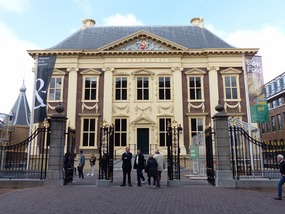


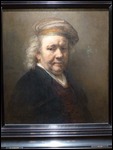
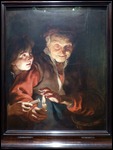
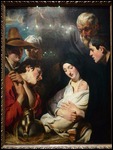
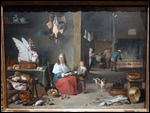
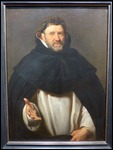
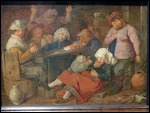
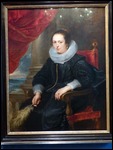
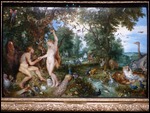
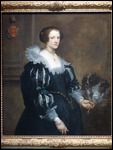
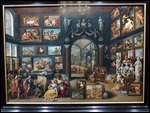
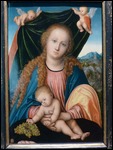
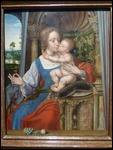
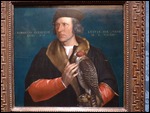
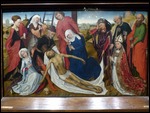
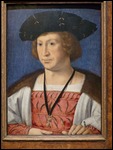
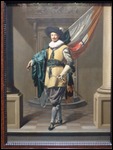
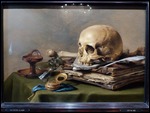
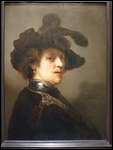
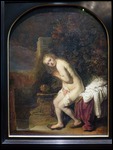
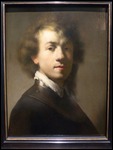
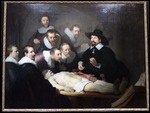
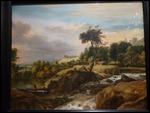


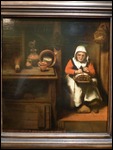
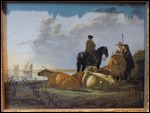
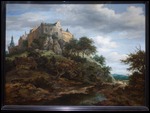
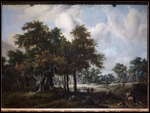
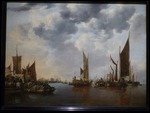
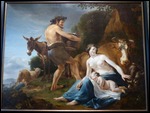
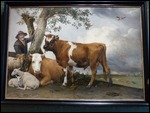

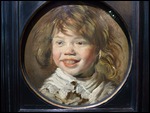
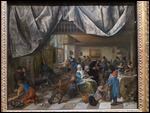
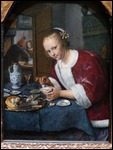
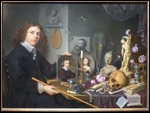
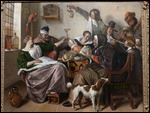
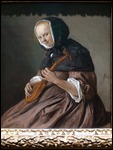
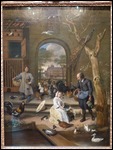
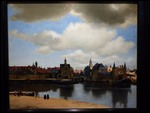
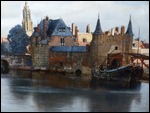

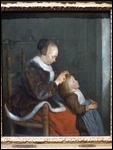
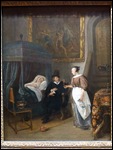
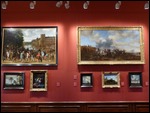
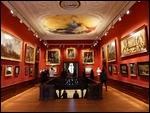
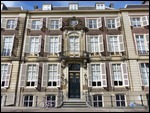

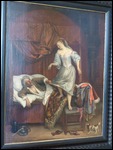
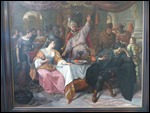
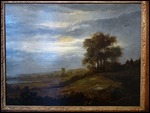
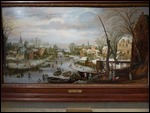
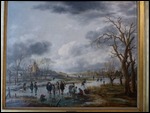
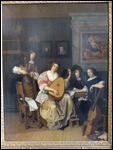
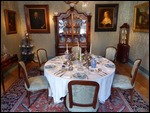
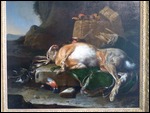
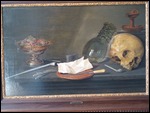
2025-05-22